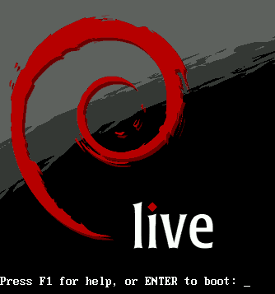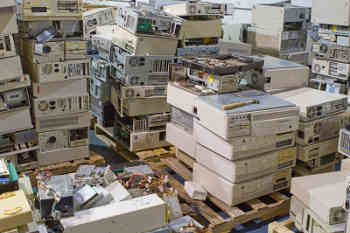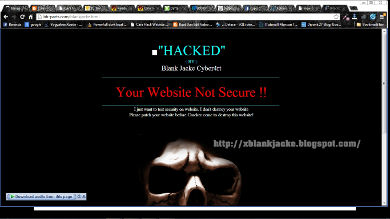FOSS Week in Review
Larry’s away today, hiding beneath his tinfoil hat and hoping to escape the ravishes of Friday the thirteenth, so I was volunteered to write this week’s review. Sorry. Larry will return next week.
G’bye Debian Live: By now you’ve probably heard the news that evidently the Debian Live project is no more. This according to the project’s leader, Daniel Baumann, who posted An Abrupt End to Debian Live on the Debian website on Monday. According to him, the project was “hijacked by the Debian-cd and the Debian-installer teams.”
 Reading the post, you might be excused for thinking it’s not all wine and roses over in Debian-land. “Debian can be great,” Baumann wrote. “But depending on who you are, where you come from, and who your friends are, Debian can also be hateful and full of deceit.”
Reading the post, you might be excused for thinking it’s not all wine and roses over in Debian-land. “Debian can be great,” Baumann wrote. “But depending on who you are, where you come from, and who your friends are, Debian can also be hateful and full of deceit.”






 Linux Foundation looks to Open APIs: After corralling the widely divergent world of containers, the Linux Foundation now sets its sights on the API economy and making application program interfaces, or APIs, easier to find, according to a
Linux Foundation looks to Open APIs: After corralling the widely divergent world of containers, the Linux Foundation now sets its sights on the API economy and making application program interfaces, or APIs, easier to find, according to a 




